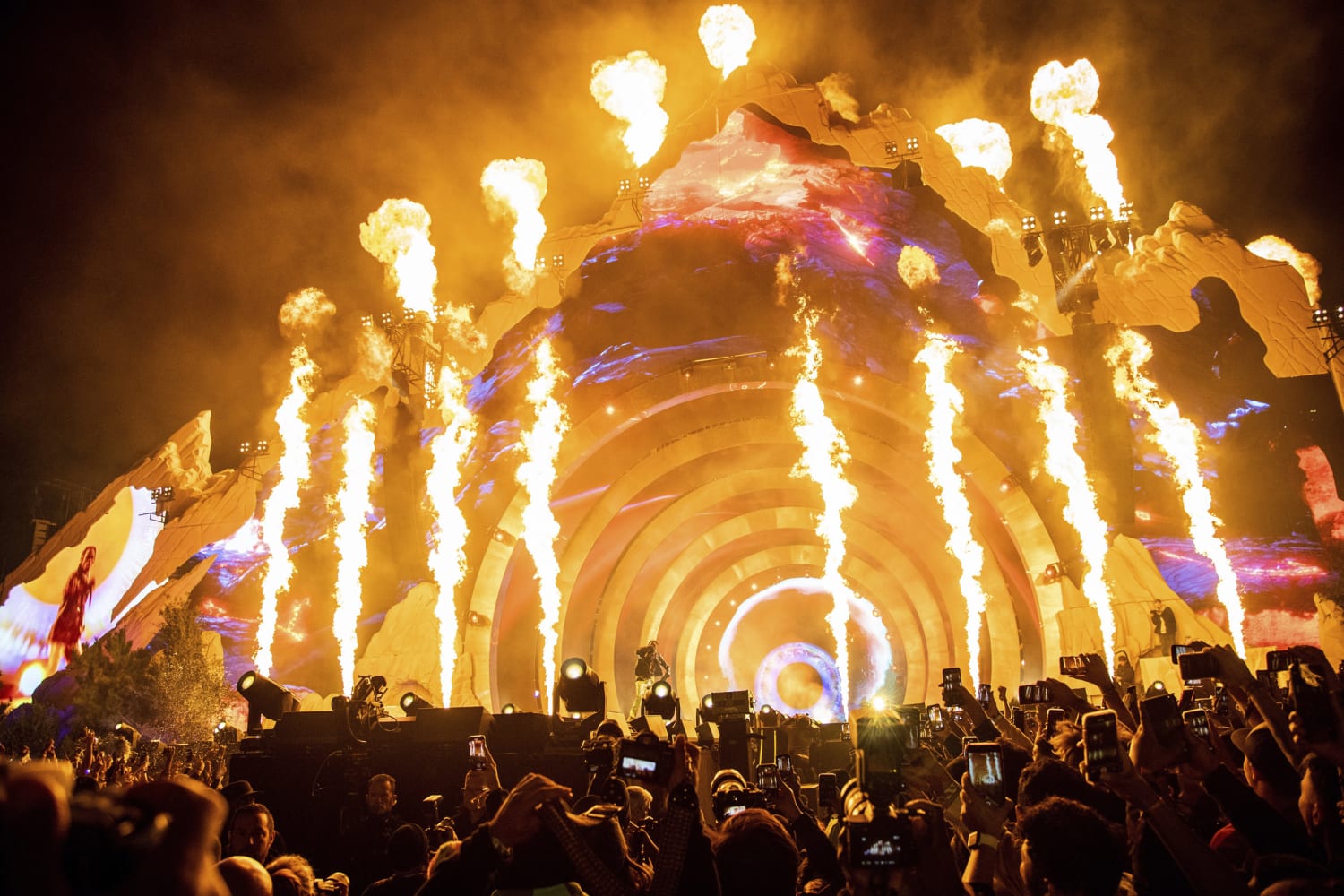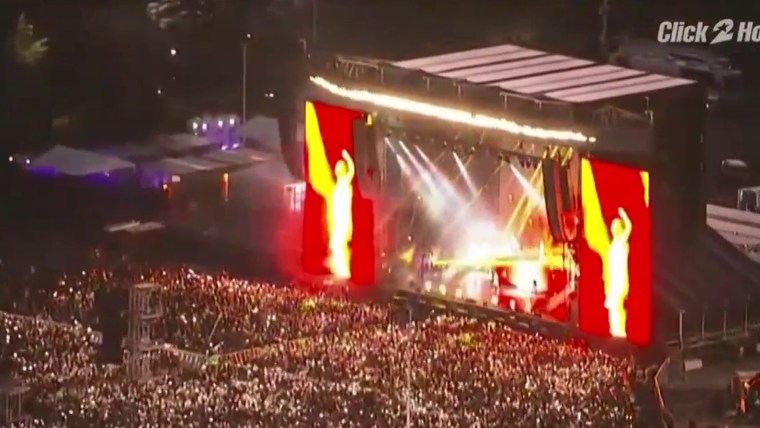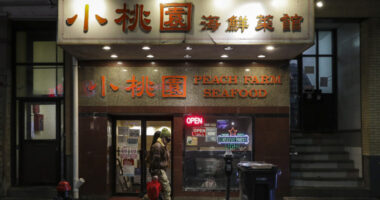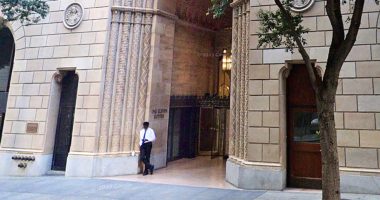As Houston police and the FBI investigate Friday’s deadly Astroworld concert, some experts are questioning what, if any, role having only one stage operating during Travis Scott’s prime-time performance may have played.
By the time Scott took the main stage Friday evening, most of the thousands of fans at the event had gathered as close to it as they could, concertgoers have said.
The chaos unfolded shortly after 9 p.m. when the crowd “began to compress toward the front of the stage,” officials have said. Houston Police Chief Troy Finner has said that a few people started “going down” at 9:30 p.m. Officials informed producers of what was happening, and the show ended at about 10:10 p.m., he said.
The deadly crush that left eight dead and hundreds injured coincided with the start of Scott’s set.
“That sounds pretty scary,” London-based crowd science Professor Keith Still said. “If you have a multi-stage setup, you would assume people would be distributed among stages.”
Scott’s set started after RZA wrapped up on the second stage, which then went dark for the evening. The Houston native son’s top-of-the-bill appearance was alerted by a countdown, lit up by pyrotechnics and included a surprise appearance by star rapper Drake.
The main stage was the place to be — and was essentially Astroworld’s only place to be once Scott stepped out.
The event’s two-stage setup was to be used as a crucial crowd control measure, Houston fire Chief Samuel Peña said Saturday at a news conference.
“Part of when we have large events, one of the things that we consider is to ensure that the crowds are subdivided,” he said then. “They had two separate stages in two separate areas. That was part of the plan.”
But to be effective, alternate stages at festivals must be used, concert promoters say.
“If you’ve got favorable artists on different stages at the same time, then the crowd will be split,” said veteran Los Angeles festival promoter Reza Gerami. “You’ve got to have secondary options for stages and other talent.”
But Scott had the only spotlight Friday night.
“Once Travis Scott came on, I told myself this is the moment I’ve been preparing for, I just need to breathe,” witness Diana Amira, 19, said. “But … my rib cage was so squished that I couldn’t expand my lungs to catch a breath.”
Scott said in an Instagram story posted on his account Saturday that he was “devastated” by the deaths and injuries
“I could never imagine anything like this just happening,” he said. “My fans really mean the world to me and I always just really want to leave them with a positive experience. Anytime I can make out … anything that’s going on, I’d stop the show and … help them get the help they need.”
He added that he could “never imagine the severity of the situation.”
Often, large music festivals use alternate stages and exhibits to draw at least some fans away from a major headliner. In addition to being a crowd control safety measure, it helps producers create the artistic mix that has become a hallmark of the festival experience.
Fort Lauderdale, Florida-based safety consultant Scott Atlas noted that many festivals feature staggered artist schedules on multiple stages so that the crowd doesn’t all move at once. “You want to disperse the crowd a little bit,” he said.
It’s not clear if the festival setup and stage scheduling is part of the investigation into Friday’s tragedy.
Police and fire officials did not respond to requests for comment, and neither did festival organizer Live Nation or venue and security manager ASM Global.
Nina S. Jackson, spokesperson for venue NRG Park, a Harris County-owned complex in Houston, declined comment, citing pending litigation and ongoing investigations.
Chief Peña said Saturday that the event “was limited to 50,000″ and that the location could have handled thousands more.
“They could have had over 200,000 people in this venue,” he said.
Rafael Lemaitre, spokesperson for Harris County Judge Lina Hildago, said the maximum capacity for the space is 240,000 people.
Experts say such a number is based on a ground-space formula that doesn’t necessarily consider police, security, EMTs, stages, concessions and how the crowd would move from place to place.
“It doesn’t matter what the space is,” crowd science expert Still said, “it’s how that space is utilized.”
On Saturday, Peña said investigators were focusing on whatever “incidents” may have sparked the panic.
“What we’re looking into is what caused the crowd surge, what led to the crowd surge and those incidents at the point of where the concert was looking at the stage,” he said.
Source: | This article originally belongs to Nbcnews.com











